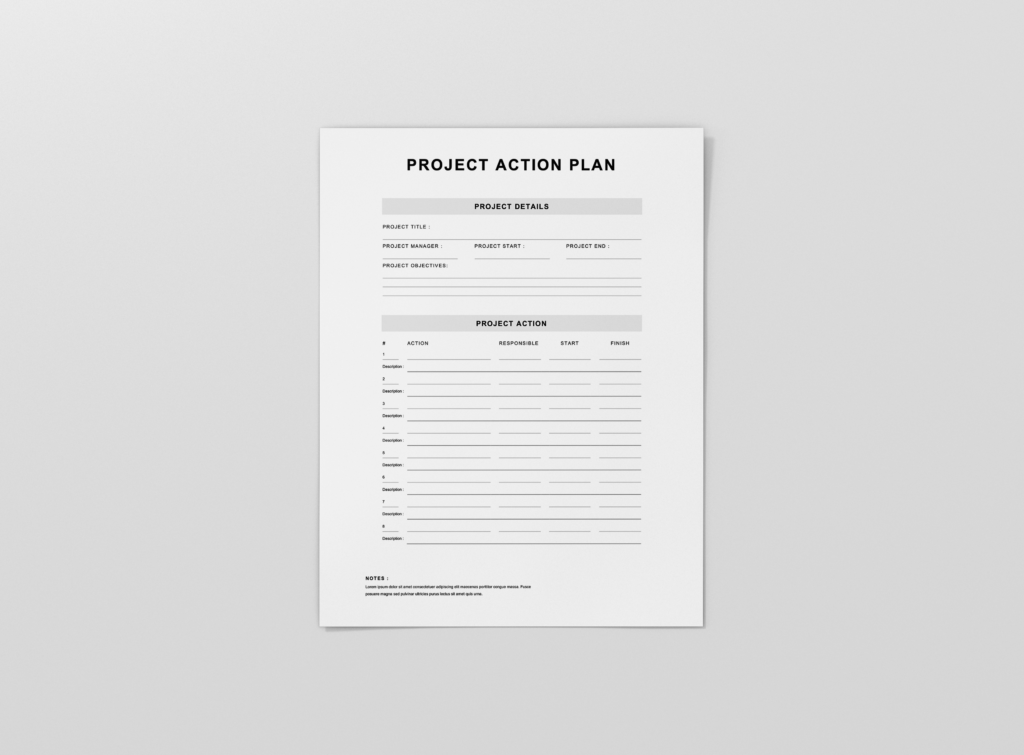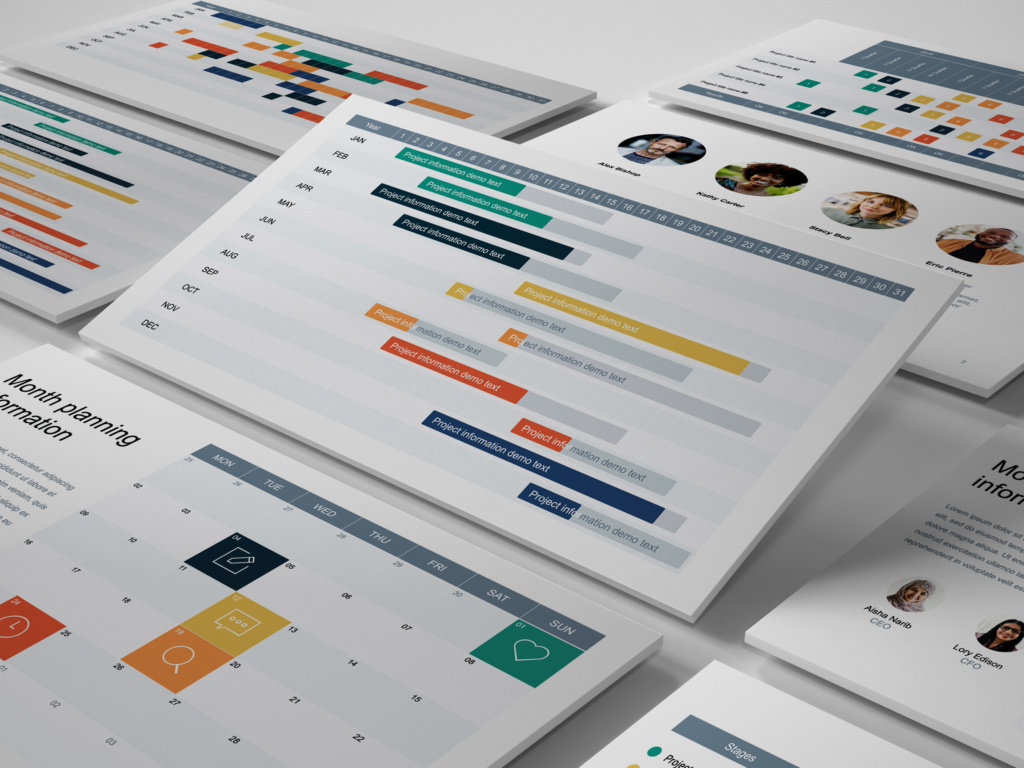A project charter is an essential document in project management, serving as the blueprint for the initiative. It outlines the project’s objectives, scope, and the roles of participants, guiding all phases of the project lifecycle. This guide will walk through the key components of a practical project charter, helping project managers create a document that effectively communicates crucial project details and sets a strong foundation for success.
1. Introduction: Establishing Project Vision and Purpose
Begin your project charter with a clear introduction that outlines the project’s vision, purpose, and goals. This section should capture the essence of what the project aims to achieve and why it is important. It sets the tone and direction for all subsequent activities.
2. Objectives and Scope: Defining the Boundaries
Clearly define the project objectives and scope. This section should detail what the project will deliver and identify the limits of what will be included. Specific, measurable objectives are crucial as they will drive the project decisions and help in evaluating the project’s success.
3. Stakeholder Analysis: Identifying Key Players
Include a stakeholder analysis to identify all parties interested in or affected by the project. This should outline who the stakeholders are, their roles, and their interests related to the project. Understanding stakeholder needs and expectations is vital for effective communication and project support.
4. Roles and Responsibilities: Clarifying Team Structure
Detail the project organization by defining roles and responsibilities. This includes the project sponsor, project manager, team members, and any other participants. Clear definitions will ensure that all individuals understand their tasks and responsibilities, reducing conflicts and improving collaboration.
5. Milestones and Timeline: Mapping Out the Schedule
Describe the project’s major milestones and the overall timeline. This section should visually represent when key project stages are expected to start and end, facilitating better time management and resource allocation.
6. Budget Details: Outlining Project Costs
Provide a comprehensive budget that includes all project costs—labor, materials, equipment, and any contingencies. A detailed budget helps in tracking expenses throughout the project and ensures that the project remains financially viable.
7. Risk Management Plan: Preparing for Potential Issues
Develop a risk management plan that identifies potential risks, their likelihood, impact, and strategies for mitigation. This proactive approach is crucial for minimizing disruptions and preparing the team for unexpected challenges.
8. Success Criteria: Defining Project Completion
Establish clear criteria for project success. These should align with the project objectives and include specific standards or conditions under which the project can be considered complete. This clarity helps all team members and stakeholders understand the end goals and work cohesively towards them.
9. Approval Process: Formalizing the Charter
End the charter with the approval process, detailing who has the authority to approve the project’s initiation and any subsequent changes to the charter. This formal step is essential to ensure all key stakeholders agree on the project details and are committed to moving forward.
Conclusion: Ensuring Alignment and Clarity
A well-constructed project charter not only outlines the scope and goals of a project but also aligns the team and stakeholders under a common understanding. It serves as a reference point throughout the project lifecycle, helping to manage expectations and guide decision-making processes. By carefully crafting each section of the charter, project managers can set up their projects for clarity, alignment, and success.







